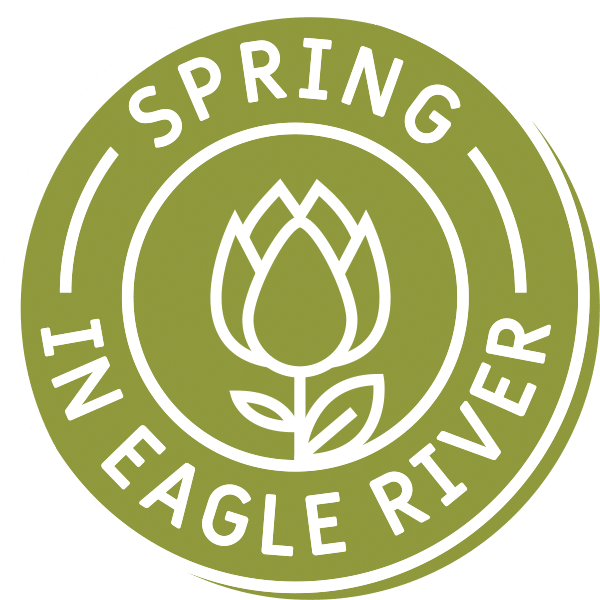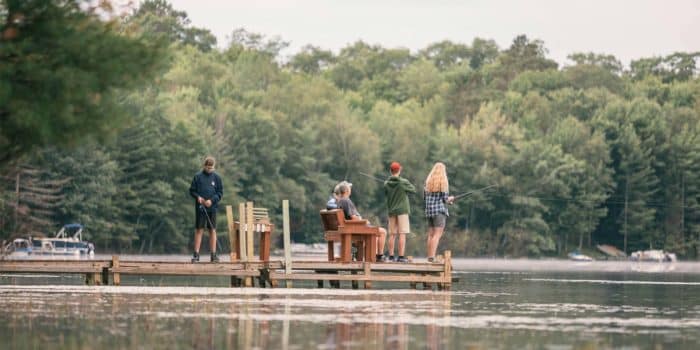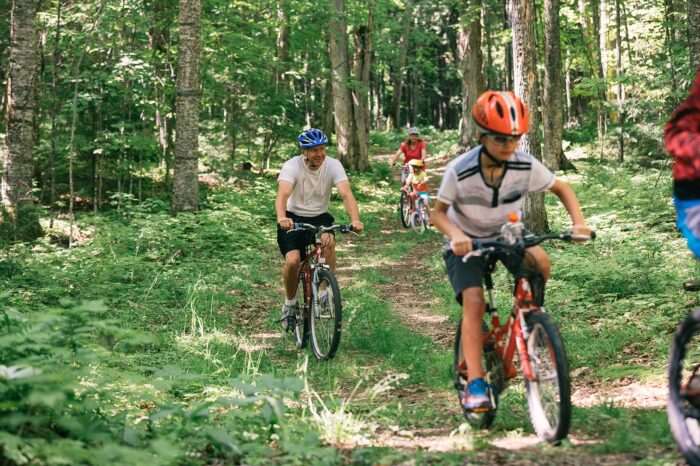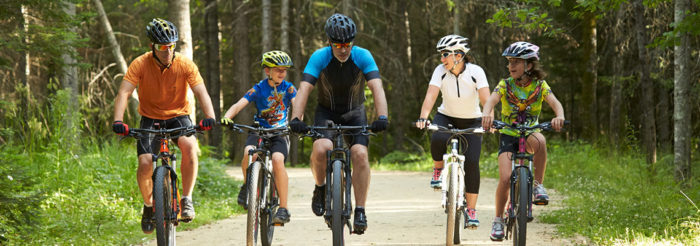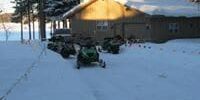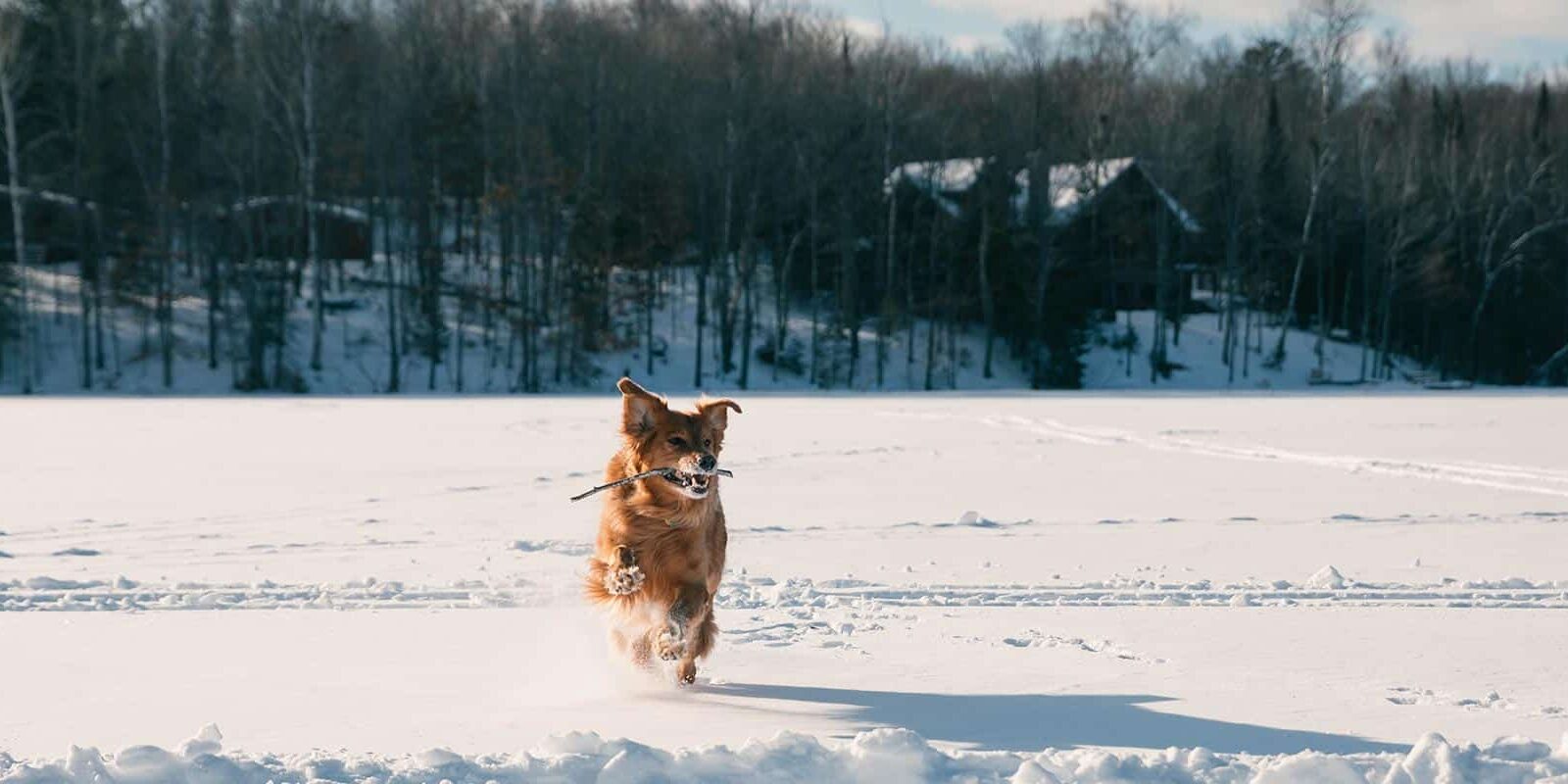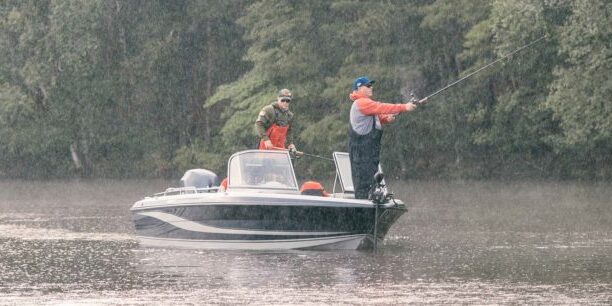Get to know the process of harvesting cranberries and why Eagle River is the perfect place for our favorite tart fruit.
If you think we grow so many cranberries because of the number of lakes we have you’d be – well, kinda right and kinda wrong. You see, contrary to popular belief, cranberries don’t grow in water. They’re a perennial plant that grows on low running vines in sandy bogs and marshes and bloom every year in early summer. Since these plants are perennials, they need careful looking after to make sure they don’t freeze, however, the cranberry plant is rather resilient compared to other crops and can endure low temperatures, making Wisconsin (and Eagle River) an ideal place for growing them.
So ideal, that Wisconsin is the national leader for the 20th consecutive year in cranberry farming and produces almost 60% of the cranberries that Americans consume each year. We like cranberries so much that we’ve even named it our state fruit. This tart fruit is grown on 21,000 acres across 20 counties.
Vilas County, where Eagle River resides, is one of those. With acres and acres dedicated to cranberries, we certainly have our fair share. But we don’t let it bog us down, you’ll see specialty items, goods and even a Cranberry Festival dedicated to our favorite little red berry. While cranberries are harvested and celebrated in early fall, we’re working on them all year round in our neck of the woods.
Dave Zawistowski owns Lake Nokomis Cranberries in Eagle River (along with two other cranberry farms nearby). The farm originated in 1949 when the Rezin family purchased 160 acres from Oneida County. After years of expansion, frozen crops and changing owners, he bought the property which consisted of 620 acres with 50 producing acres in 1978. Dave walked us through the process of protecting, growing, harvesting and distributing cranberries from his Eagle River farm where you can tour the marsh to get the real feel for it, and pick up some wine from the gift shop as well.
Every spring after winter melts away, Dave’s team protects the plants by putting them under water until the ground can thaw as well. Then, irrigation pipes are put in place and frost watch begins for the crew. The crew has frost watch all spring, summer and fall until the harvest ends. By June, the plants are blossoming and bees are brought in from Arkansas to pollinate the plants. Another sign of resiliency of the cranberry is that they need very little fertilizer (around 1/5 of the amount of other crops), and they aren’t threatened by insects as much because of the climate. Plus, the naturally occurring organic decomposing means farmers don’t need to use phosphorus to help the plant grow.
Come fall, the berries are sent to the lab to make sure the color and sugar content are at the correct levels. And here’s where the lakes come into play. Over 48 hours, the beds are flooded with water from North Nokomis Lake (across the road) through a series of pumps and culverts. Once partially flooded, a tractor and rake go through the beds to knock the berries off the vines, then the beds are flooded the rest of the way. Cranberries have 4 empty chambers on the inside allowing them to float on top of the water. They are then corralled to one end of the bed with a boom and sucked out like a vacuum using a berry pump. They’re then loaded in gravity wagons and hauled to the berry washing building where they’re rinsed and loaded onto semi-trucks to be taken to the receiving stations to be processed or frozen. Almost all cranberries are frozen or made into other products and only 5% of the total crops are sold as fresh fruit. But they’re delicious either way.
Come get a taste for the cranberry farms with a trip up to Eagle River or Cranberry Fest. Not only do they taste good, but they’re also good for your health. We’ll see you up here for a berry good time!





